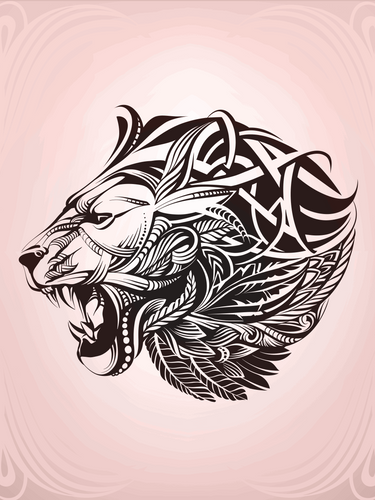Technical illustration develops as a vital tool that bridges the gap between complex concepts and concrete visual representations in the intricate world of production, where precision and accuracy are paramount. Technical illustration has become an integral aspect of the production process, boosting communication, facilitating learning, and maintaining quality. It converts complex concepts and processes into understandable and reliable pictures for the industrial industry. These diagrams serve as a link between engineering drawings, assembly instructions, and finished products, making the transition from idea to reality clear to all parties. Technical illustrators offer a distinctive fusion of artistic ability with technical intelligence to develop visuals that not only express ideas but also assist in problem-solving and decision-making in manufacturing.
In manufacturing, technical illustrations have a significant impact on the development of instruction manuals and procedural papers. These manuals are crucial for instructing assembly personnel on how to piece together complicated machines or complex items. Technical graphics breathe life into these manuals, turning a list of written instructions into easily understood visual representations. Technical illustrators improve the effectiveness of the production process, reduce errors, and maximise output by simplifying complex procedures down into easy visual steps.
In addition, technical illustration is essential for quality assurance in the manufacturing industry. Specifications, and product components are all illustrated in great detail to make it easy to grasp what the finished product should look like. Both quality control specialists and manufacturing teams can benefit from using these visual references to make sure that each product adheres to the required standards and requirements.
Technical illustrators have embraced modern software technologies in the age of digitisation to bring their designs to life. Illustrators can create three-dimensional representations of objects and components using CAD software and 3D modelling tools. This degree of specificity and accuracy makes it easier to visualise complex structures, spot any design problems, and make the necessary corrections before the production process starts. These digital artwork speed up production while also acting as a vital point of reference for the duration of the manufacturing lifecycle.
The value of technical illustration in manufacturing is further enhanced by its place in skill development and training. It takes specialised knowledge and abilities to put sophisticated products or complex machines together. Training materials can be made using technical images to walk new personnel through all aspects of assembly.
Overall, technical illustration plays a significant and varied role in the industrial industry. Technical illustration is a crucial tool for communicating difficult manufacturing concepts because it makes them easier to understand, helps with quality assurance, and promotes effective learning and skill development. Technical illustrators offer the visual clarity needed to manage the complex manufacturing world, whether it is in engineering designs or assembly guides. Technical illustration continues to influence the way we interact, communicate, and create during the manufacturing process in a field where accuracy and precision are of the utmost importance.






